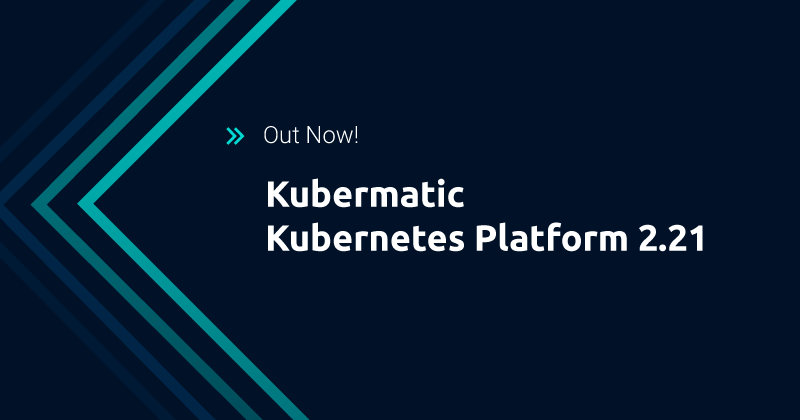Today, we announce the latest release of Kubermatic Kubernetes Platform (KKP)- both Enterprise Edition (EE) and Community Edition (CE). The community driven CE is completely open source with users around the world, some of them running thousands of clusters. The EE has exclusive features for large organizations to perform better in governance, security and management.
With this exciting new release, the KKP Operating System Manager (OSM) is now ready for production environments to improve enterprise air-gapping.
There’s no need to worry about exceeding your allocated project costs anymore - with KKP 2.21, you can set resource quota limits for all cloud providers within individual projects. Now KKP admins can create an app catalog and users can browse through it to deploy third party applications in user clusters within minutes.
The new upgrades to KubeVirt wizard make managing virtualized and container workloads so much easier!
It is now possible for KKP users to not only manage but also create AKS, EKS and GKE clusters directly from the KKP dashboard!
Due to Docker Hub’s rate limiting, KKP admins without subscriptions to the paid tier had difficulty installing KKP. With this release, KKP admins can pull machine-controller images from Quay instead of Docker Hub.
Additionally, KKP 2.21 supports VMware Cloud Director and Rocky Linux.
Read on for these and other key updates with this release:
Manage your OS like a pro-get more control over your hybrid and edge deployments
(CE and EE)
It’s not yet very common to speak about edge computing and kubernetes together in the same sentence, but both are gaining rapid popularity as more people rely on applications that require proximity to the network. Edge solutions help reduce latency because they act immediately instead of waiting around until data has traveled halfway across town before processing requests.
Better control over your OS, in both hybrid and edge environments, is the key to success. That’s where the Operating System Manager (OSM) comes in. With its success as an experimental project, OSM is now ready for production environments!
OSM extends the functionality of the Kubermatic Machine-Controller. It is responsible for creating and managing the required configurations for worker nodes in a Kubernetes cluster. It decouples the operating system configurations into dedicated and isolated resources.
An Operating System Profile (OSP) allows to configure:
- Real Time OS
- Lightweight OS
- OS per Provider (Container OS on GCP, Amazon Linux 2 on AWS)
We are working on an OSM Agent that helps with inplace upgrades of nodes and other edge cases to support the workloads of tomorrow.
Security without compromise for your enterprise
(EE only)
With KKP 2.21 users can run completely air gapped user clusters. The result is that you can keep sensitive company areas completely off the internet while using the latest container technologies! New clusters can be provisioned without an internet connection.
Don’t track costs, manage them
(EE only)
With KKP 2.21, KKP admins can manage consumption anywhere, irrespective of an individual provider. Admins can limit the resources consumed for all cloud providers within every project individually. This enables better distribution of available resources between KKP users.
As a KKP Admin, you can
- Define a maximum allocated CPU, memory and disk size allowed to be used by a specific project
- Dynamically monitor the amount of resources being used in specific projects in the Admin panel
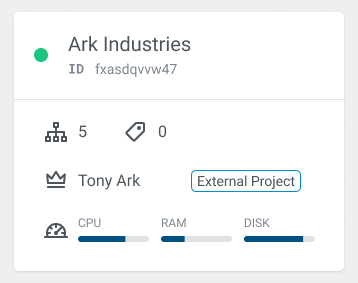
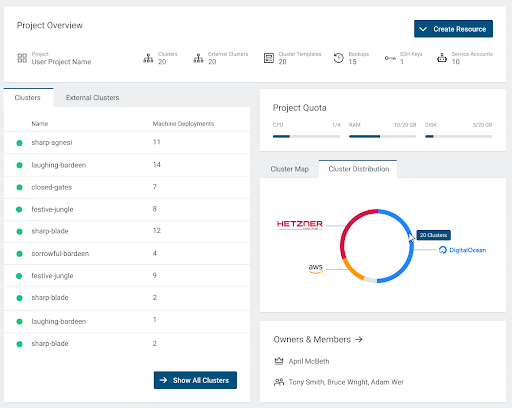
Quickly deploy third-party applications
(CE and EE)
With only a few clicks, you can deploy any third-party application onto user clusters! As a KKP Admin, you can browse, pick and install applications throughout the user clusters. Once installed, applications can be reconciled so that reliability is guaranteed!
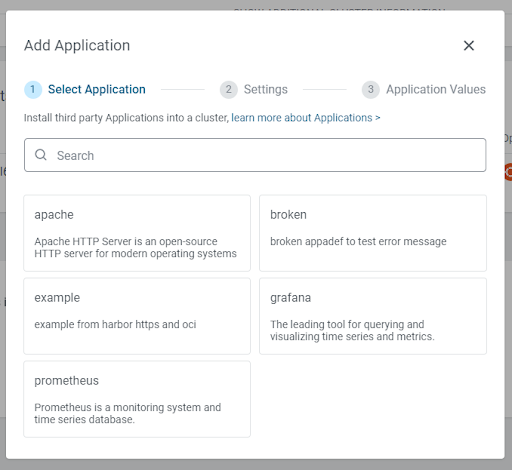
But this is just the beginning, our implementation is programmed for the future. Use kubernetes-operators or deploy directly from code in future releases - and plug any smart idea into it that you can imagine. For example, GitOps processes can define App Installations or App Definitions with ease, the Application Operator we created, takes care of installing some or all apps in the catalogue.
Furthermore, these application installations or definitions can be stored in our Cluster Templates. That means, with just two clicks, you can spin up highly complex clusters that include multi-level applications. Integration with our Monitoring, Logging and Alerting Stack is the cherry on top!
Dual stack support is here
(CE and EE)
The latest standard for networking, IPv6 is quickly becoming the norm. IPv6, provides a virtually limitless number of addresses. User clusters in KKP 2.21 can run in dual-stack mode in AWS, Azure, Equinix Metal, GCP and other providers. This means that their resources like pods or Kubernetes services can have both an IPv4 and IPv6 address. This comes in handy in scenarios where customers need to support both legacy workloads that aren’t compatible with IPv6 as well as modern applications that are.
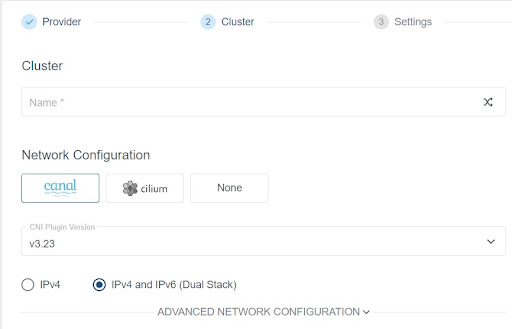
Datacenter automation with KubeVirt Cloud Provider
(CE and EE)
Using the KubeVirt wizard is now easier than ever before! As a KKP 2.21 user you:
- can use predefined or custom virtual machine templates
- isolate your VM workload on the bare-metal environment
Eliminate the need to switch between multiple dashboards
(CE and EE)
From creating your clusters to managing and monitoring them, there is no need for you to have multiple dashboards. With KKP 2.19 you could monitor and operate your external clusters right from the KKP dashboard. Now go one step ahead and create clusters on Azure Kubernetes Service (AKS), Amazon Elastic Kubernetes Service (EKS) or Google Kubernetes Engine (GKE) in the KKP dashboard. Watch as KKP handles all the details, giving you complete peace of mind!
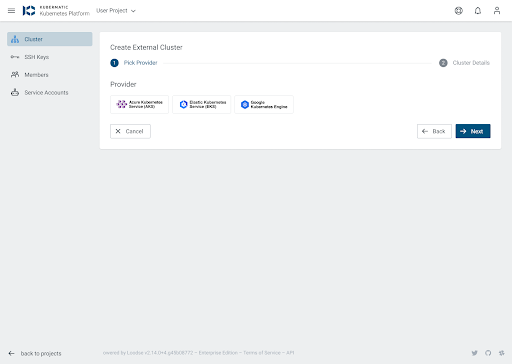
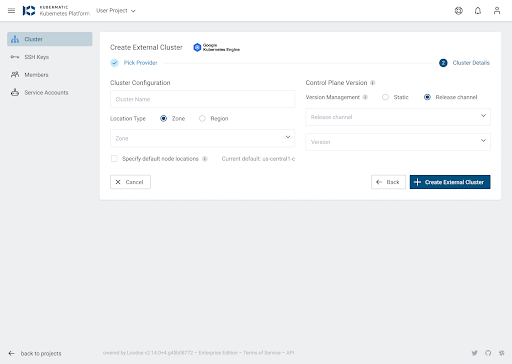
Simplified kubernetes dashboard authentication
(CE and EE)
Logging in to the dashboard of user clusters is now possible via the same OIDC provider that is used for KKP authentication.
Reflect enterprise access rules in KKP
(EE only)
Since many enterprises use LDAP groups to manage access across projects and softwares, we wanted KKP to do the same. KKP 2.21 onwards, OIDC groups can be assigned to projects as owners, viewers and editors. Users in the particular group will inherit the permissions from the group on the specific project.
There will be a patch release to ensure compatibility with Kubernetes v1.25 soon- keep watching this space for more!
What’s next for KKP?
We have a dedicated team that analyzes product feedback and expectations. Our goal is three-fold: ensuring our product is result-oriented, building an extremely secure platform that will keep your sensitive information safe (and give you peace-of mind) and providing an unparalleled user experience.
We plan to bring the clusters even closer to our users, making interaction and deployment easier than ever before, while continuing to extend our already broad scale of available providers.
Don’t forget that KKP is open source, therefore your ideas and contributions matter! In fact, direct user and customer feedback statistically take 38,6 days to become part of our codebase.
We hope you enjoy the new capabilities that our release offers. Get exploring yourself and tell us about your KKP experience. You can reach out to us via Github, Slack, or lots of other ways.
Learn More
- Read the KKP 2.21 solution brief
- Check out the entire changelog


